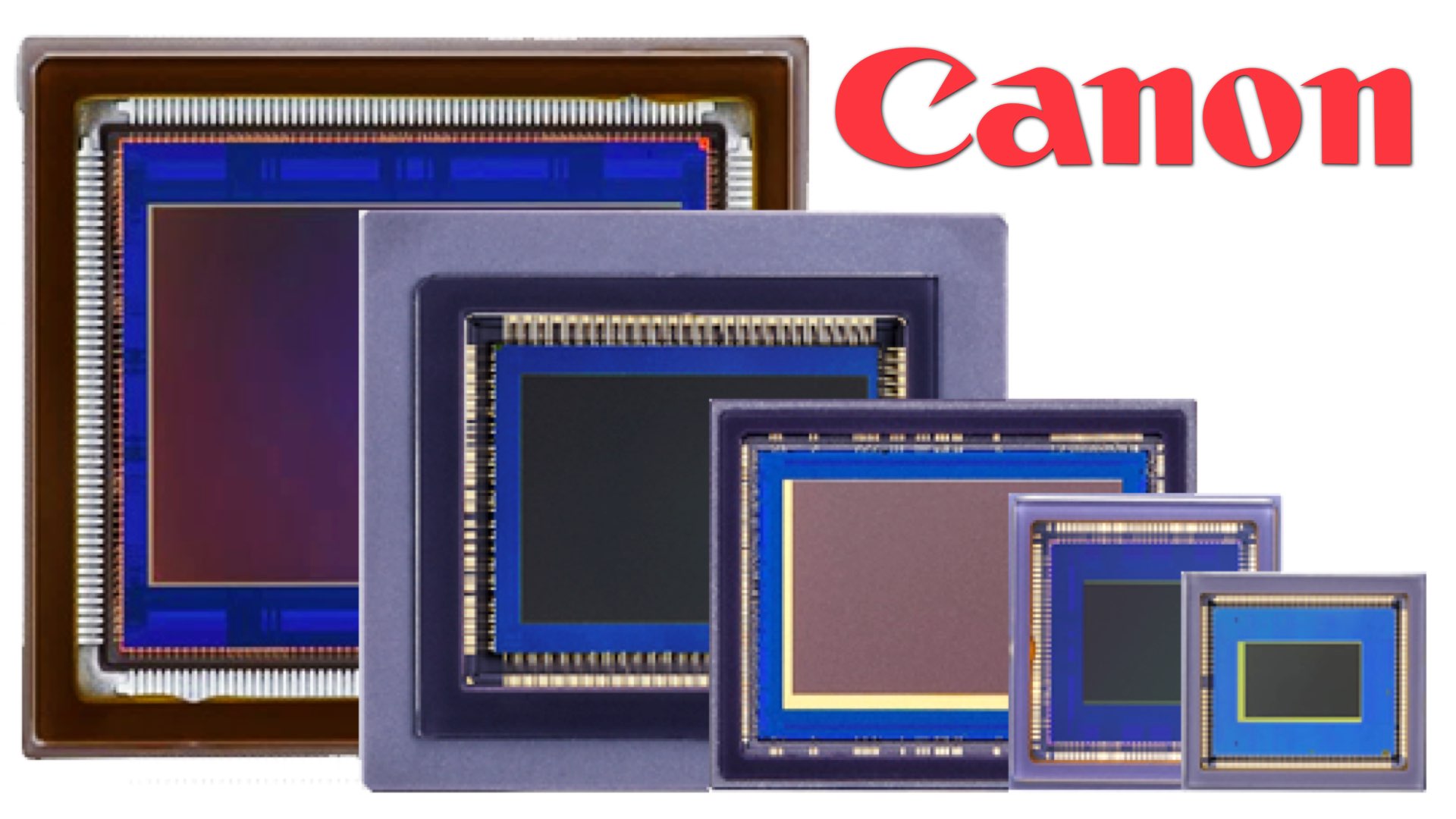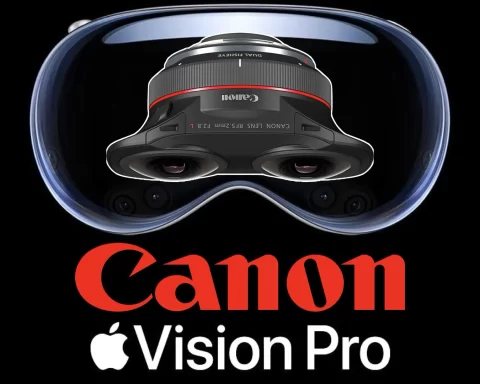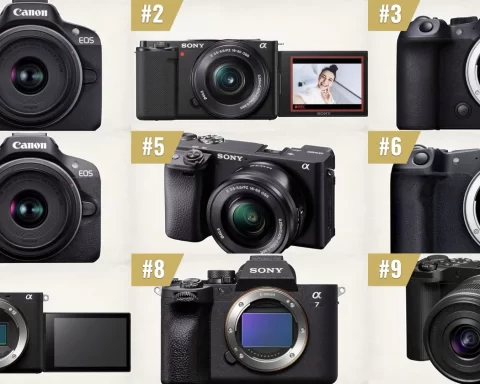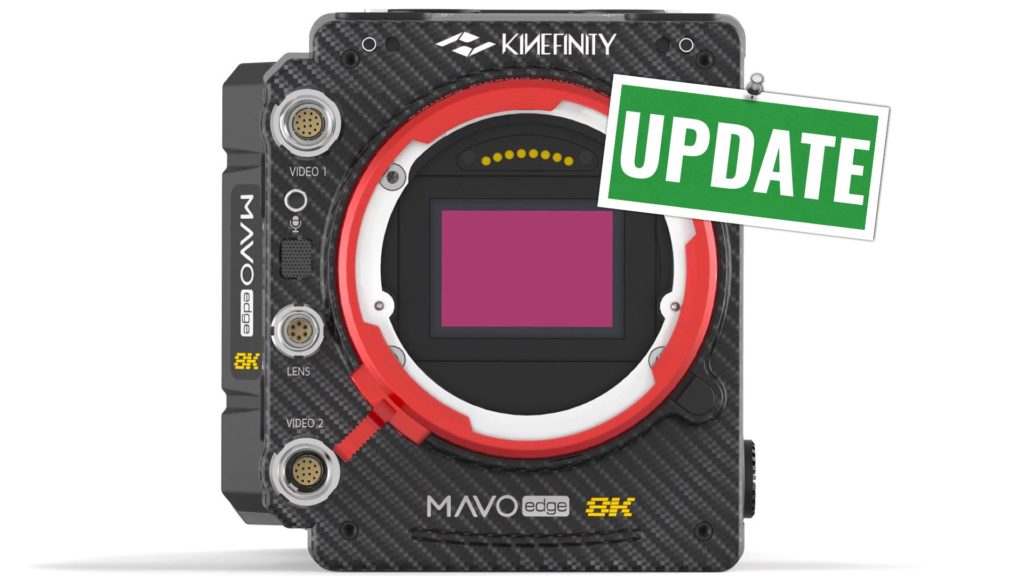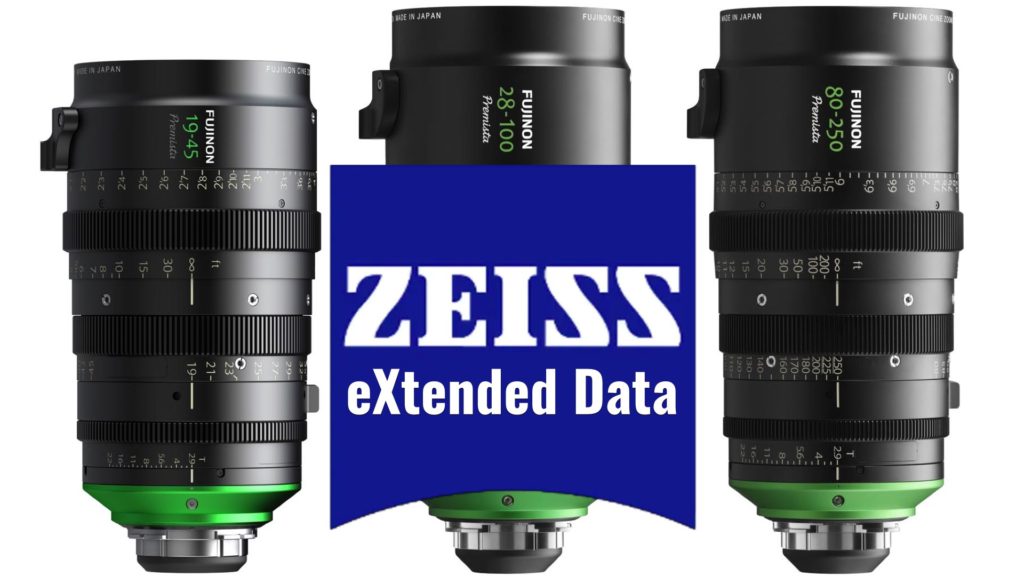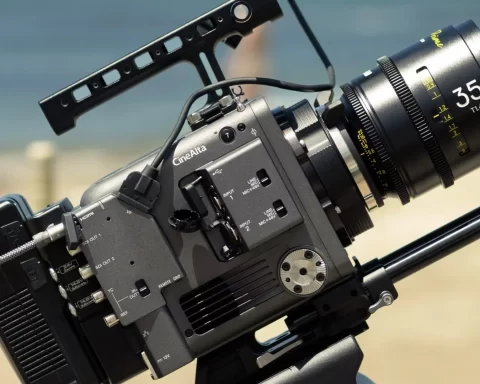Have you ever considered building your own cinema camera? Well, Canon is offering its main sensors to be utilized on other products by partners. This article contains a basic explanation about Canon’s main CMOS sensors, from the mighty ultra-high 250MP resolution to global shutter and HDR sensors. All of them are being offered to 3rd party companies. Let’s take a glimpse.
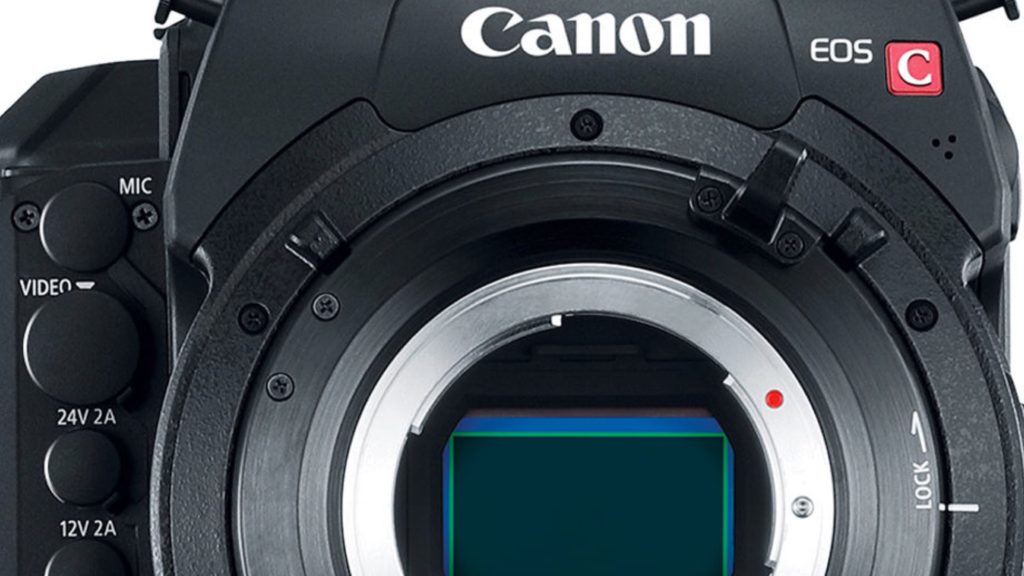
Canon CMOS Image Sensors: Now “on-sale”
“Canon has been manufacturing CMOS sensors since 2000 for exclusive use in Canon products. Building on that expertise and success, Canon is now committed to starting external sales to collaborate with various industries. Canon CMOS sensors feature unique designs to meet the needs of demanding vision applications”. That quote is taken from the business section of the Canon Asia website. To make the story short, Canon is looking for a collaboration partner that can develop cameras using their own CMOS sensors. If you’re looking to design your own cinema camera, this is a good start. Even Canon asks you the following questions for your image capturing goals:
Would You Like To Capture…
- Clear and high-resolution images?
- Moving subjects in high resolution, even when cropping or digitally zooming?
- Images in low-light environments with as little as 0.001 lux of illumination?
- Distortion-free images even when shooting fast-moving objects?
- In environments in which there is a significant difference between dark and bright lighting, such as near the entrance of the building?
Based on that decision, Canon is offering the following sensors, which are its main CMOS sensors.
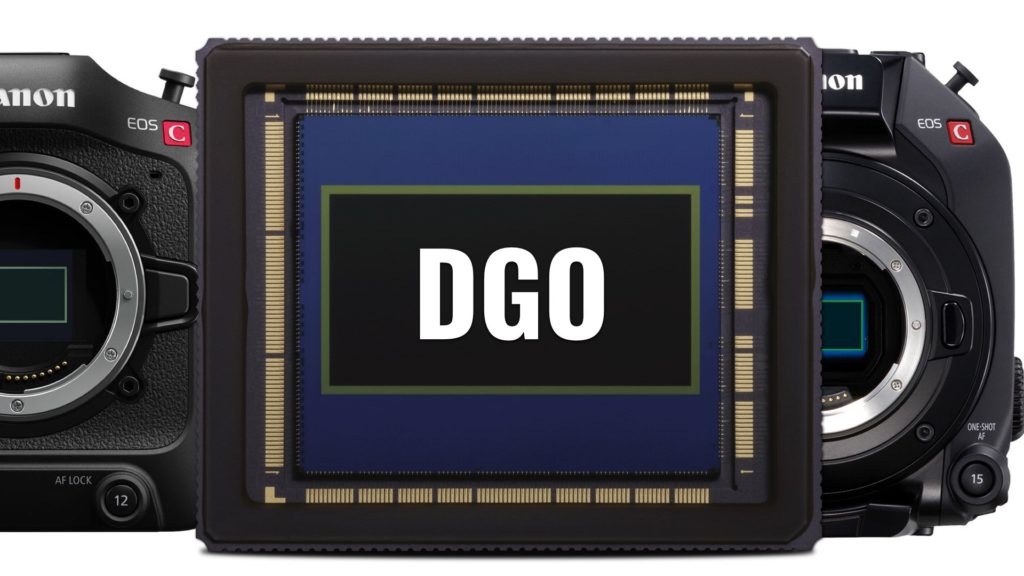
Canon has been manufacturing CMOS sensors since 2000 for exclusive use in Canon products. Canon is now committed to starting external sales to collaborate with various industries. Canon CMOS sensors feature unique designs to meet the needs of demanding vision applications.
Canon
Ultra-High 250MP Resolution
250-megapixel CMOS sensor is a CMOS type solid-state imaging sensor having a size equivalent to APS-H, and a square pixel arrangement with 250million effective pixels. An all pixels progressive reading of 5 fps is possible by the 16 channels digital signal output. A rolling electronic shutter function for movies is provided for controlling electric charge accumulation periods. Capturing detail 125 times greater than in full HD resolution, the LI8020 CMOS sensor from Canon offers a high 250 MP resolution to uncover more detail. This innovative, APS-H format sensor leverages a square pixel arrangement of 1.5µm x 1.5µm pixels, achieving ultra-high resolution in a compact design for use in a wide range of applications.
Resolution capabilities: Approx. 250 MP (19,568 x 12,588 pixels) = 125 times that of Full HD (1920 x 1080 pixels) = 30 times that of 4K (3840 x 2160 pixels). That allows to users to crop selected areas
Possible applications: Flat-Panel-Display inspection (4K, 8K panel), industrial inspection, video production, digital archive, wide-area surveillance, and more.
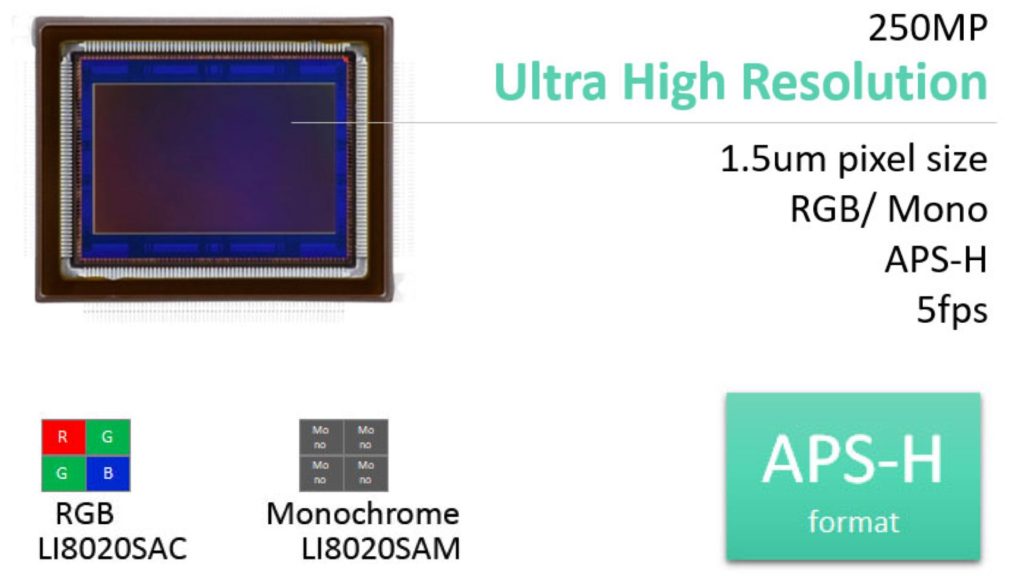
High 120MP Resolution
CMOS type solid-state imaging sensor having a size equivalent to APS-H, and a square pixel arrangement with 120 million effective pixels. An all pixel progressive reading is 9.4 fps. A rolling electronic shutter function for movies is provided for controlling electric charge accumulation periods. 120MXSI enables simultaneous color and near-infrared image capture using only one sensor due to replace BGGR to RGB-IR filter.
Design: APS-H Format: (29.37mm x 18.90mm) with a square pixel arrangement of 2.2µm x 2.2µm pixels.
Resolution capabilities: Approx. 120 M: Approx. 60X that of full HD (1920 x 1080 pixels)
Possible applications: Flat Panel Display(FPD) inspection, wide-area monitoring, and aerial photography.
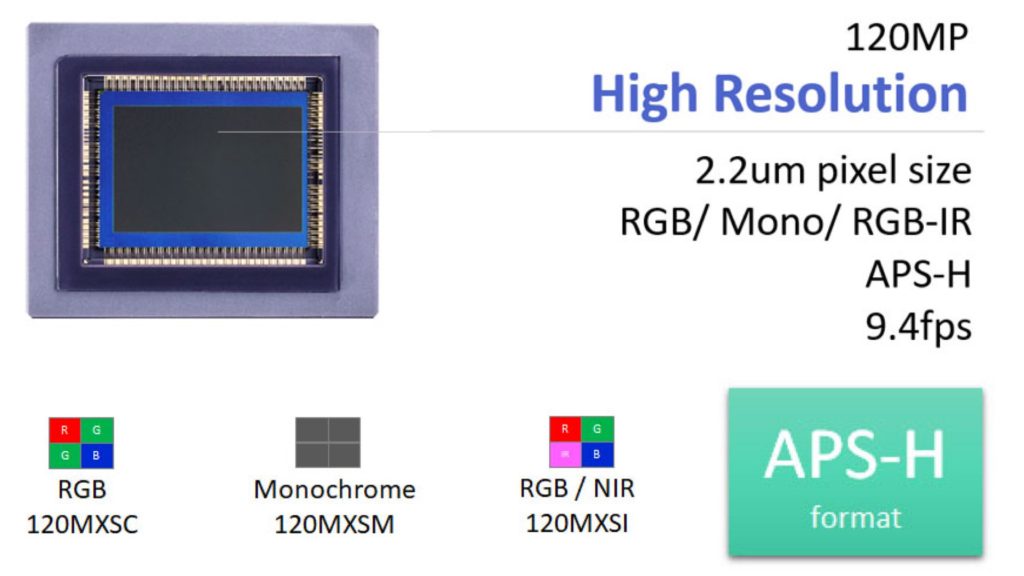
High-Speed Global Shutter: 5MGS CMOS Image Sensor
With an electronic shutter and all pixel progressive readout of 120 fps, the 5MP CMOS sensor(LI5010 / LI5020) offers fast, enables the capture of distortion-free images even when shooting fast-moving objects. In a 2/3″ format, proprietary pixel designs with low power consumption and enhanced sensitivity further improve performance. The pixels include a gathering structure that enables photons entering from wide incident angles to be re-directed into the photodiode which otherwise would be lost.
Possible applications: Machine vision, intelligent transportation system, medical, and more imaging solutions.
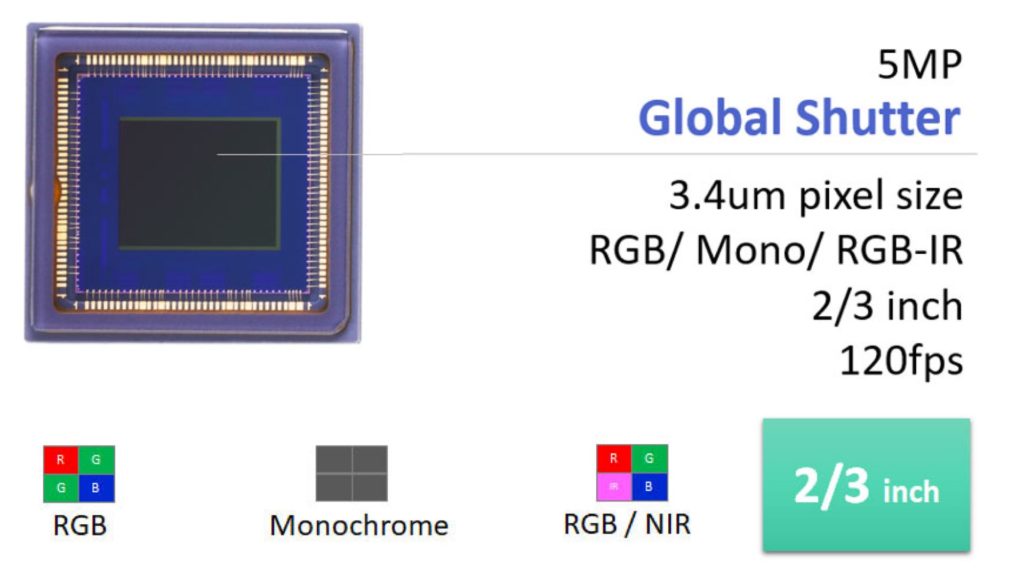
2.1MP HDR
The newly developed LI7050 High Dynamic Range CMOS Image Sensor is equipped with an HDR drive function that realizes a wide dynamic range of 120 dB at low noise levels. Even during normal drive operation, the sensor can achieve a dynamic range of 75 dB—greater than that of image sensors used in conventional digital.
Possible applications: When excellent low light shooting performances are needed.
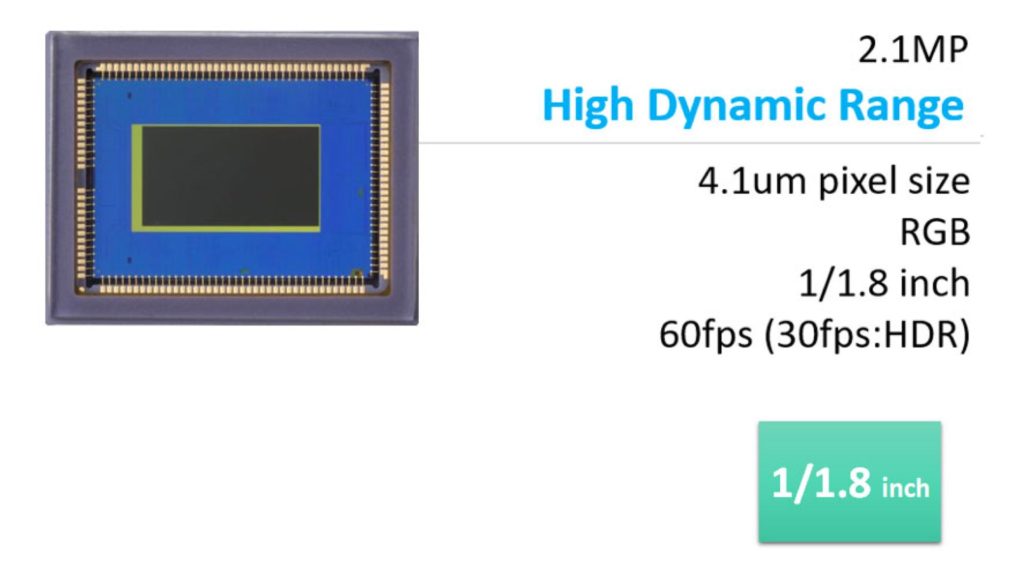
We’ve covered some of those sensors in our articles:
- Canon Announced a New High-Sensitivity Sensor That is Capable of 20-Stops of DR
- Canon Releases the Dual Gain Output (DGO) 4K Sensor White Paper
- Canon Introduces a New 19K 250 MP APS-H CMOS Sensor
Summary
Canon is not the sole company that offers its sensors to be utilized by third-party partners. Many cinema camera manufacturers have been using 3rd party sensors (ARRI for instance which works very precisely with other companies to develop their sensors and even lenses to be implemented on ARRI’s products). In case you want to learn more, you can contact Canon Singapore’s premier distributors here. Let’s start to design a cinema camera 🙂

